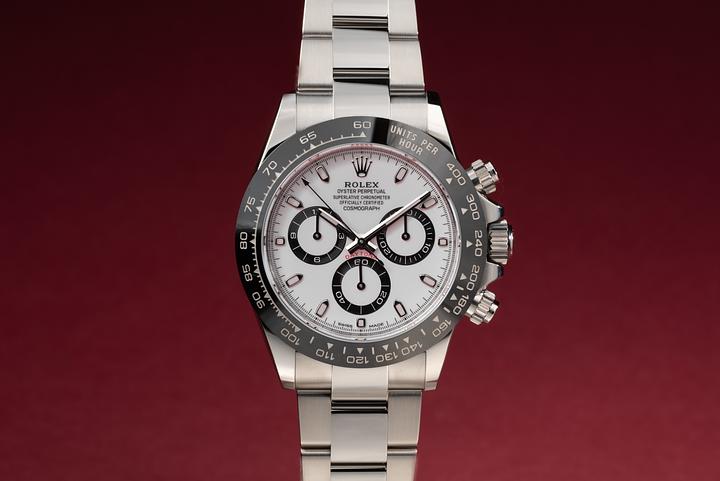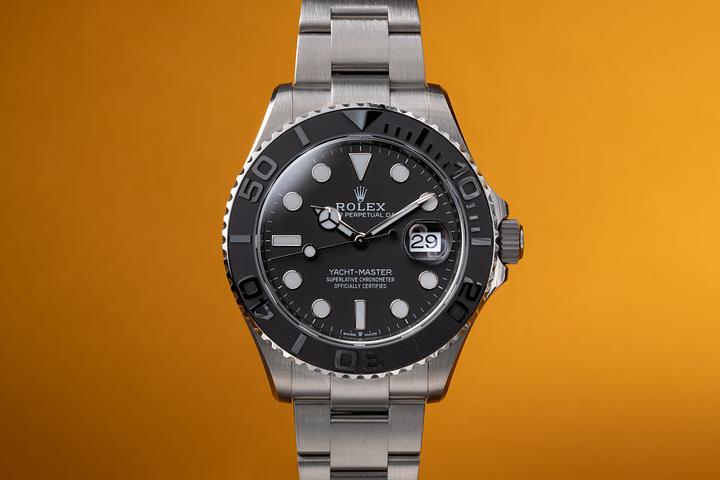Where Rolex Watches Are Made: Inside Switzerland’s Finest Craft

Where Are Rolex Watches Made? Inside the Swiss Heartbeat of Horology
It’s a question asked not just by collectors or enthusiasts, but by anyone who’s ever glimpsed that iconic crown logo: where exactly are Rolex watches made? You’ve maybe seen the “Swiss Made” label, read mentions of Geneva or Biel, but is that all there is? Does Rolex really handcraft watches in snowy alpine workshops surrounded by edelweiss? Well, kind of. Let’s pull back the curtain—metaphorically, of course—on one of the most iconic timepiece brands in history and shine a light on the precise, multi-faceted answer that lies deep in the Swiss watchmaking legacy.
The Epicenter of Excellence: Rolex and Swiss Watchmaking
Rolex watches are, unequivocally and unapologetically, made in Switzerland. Every piece, every caliber, every glint of Oystersteel hails from the land of precision and punctuality. It’s not just a branding strategy—it’s a point of pride and a legal requirement for that prestigious “Swiss Made” label on the dial. Ah yes, more on that in a second.
The brand was officially founded in London in 1905 by Hans Wilsdorf and Alfred Davis, but the company packed its bags—in a pretty timely fashion, fittingly—in 1919 and moved to Geneva, Switzerland. That move wasn’t arbitrary. It was Switzerland’s reputation for craftsmanship and horological heritage that drew Wilsdorf in. And honestly, can you blame him?
Today, Rolex operates one of the most integrated and vertically organized production systems of any luxury watchmaker on Earth. We’re talking everything from the movement and case creation to final assembly and quality control—to say Rolex makes its watches in-house in Switzerland is an understatement. They make almost everything in-house, with the precision of a Swiss train schedule, in four super-secretive and state-of-the-art facilities.
Plan-les-Ouates: The Rolex Headquarters and Case Foundry
Sitting just southwest of Geneva in Plan-les-Ouates (try saying that five times fast), this sprawling campus is probably what comes to mind when people envision Rolex’s operations. This is where the brand has its administrative headquarters, but also—much more interestingly—it’s home to the case and bracelet manufacturing. So next time you admire the lustrous sheen of a Rolex Oyster case or the smooth articulation of a Jubilee bracelet, know it was forged here.
Oh, and did you know Rolex has its own foundry at this site? That’s wild. They smelt and cast their very own proprietary metals, like their famous 904L Oystersteel or the in-house blend of Everose gold. Very few watchmakers make their own alloys—Rolex does it like it’s no big deal.
Bienne: The Heart of Rolex Movements
If Plan-les-Ouates is where Rolex watches gain their shape, Bienne (or Biel, depending on your Swiss dialect) is where they come to life. Located in the canton of Bern, the Bienne facility is the powerhouse behind Rolex’s finely tuned, chronometer-certified mechanical movements. This isn’t a walk-in-the-park watchmaking gig—Bienne is all about mechanical complexity executed with surgical precision.
This facility used to be run by Aegler, the movement-maker that supplied Rolex for decades until Rolex fully acquired the company in 2004. Ever since, the location has been the undisputed nerve center for Rolex calibers, including the popular 3235 or the chronergy-equipped 3255. Think microscopic gears, hand-polished bridgework, jewel placement, and meticulous regulation. It all happens here. And then—get this—each movement is sent back to Geneva for casing. That’s Swiss quality control at its finest.
Chêne-Bourg: The Home of Rolex Dials
Rolex dials are quietly complex. Most people, especially at a glance, just see “simple elegance,” but behind that simplicity? Layers of science and artistic detailing. The Chêne-Bourg facility, a 2020s addition to the Rolex manufacturing map, is where dials are designed and meticulously produced. This site is responsible for coloring, adding indices, laser-engraving patterns—you name it. Even the applied indices like the white gold hour markers? Yup, they’re set by hand here.
Also wild to think about—the Chromalight lume used on modern Rolexes? Innovated and implemented in this facility. That ice-blue glowy lume is part of the artistry, not an afterthought. Even the coronet at 6 o’clock under the crystal, that subtle laser-etched logo for anti-counterfeiting—yep, that starts its journey here too. Talk about detail.
Acacias: Rolex Assembly, Quality Control, and the Final Word
This is the final stage. The stage where Rolex watches go from a symphony of components to a tick-tocking mechanical masterpiece. The Acacias site in Geneva manages final assembly, testing, and Rolex’s famously strict quality control. Every watch passes an insane battery of tests—shock, pressure, humidity—you name it. And all of this before it earns that green hang tag and the Superlative Chronometer certification.
Since 2015, Rolex has maintained its own in-house certification, which guarantees a daily rate deviation of -2/+2 seconds per day. That’s tighter than COSC. After casing and certification? That’s when a Rolex becomes a Rolex, right before it ships out to Authorized Dealers or into clients’ lives—often for a lifetime.
The Meaning of “Swiss Made”: More Than Just a Label
To legally emblazon “Swiss Made” on its dial, Rolex must comply with the Swiss ordinance regulating watch manufacture. That includes having the watch’s movement Swiss-manufactured, casing done in Switzerland, and final quality control conducted in Swiss territory. Rolex hits well beyond that minimal threshold. With four entire manufacturing campuses spread across Switzerland, Rolex’s integration into Swiss craftsmanship isn’t symbolic—it’s structural.
So, to circle back: where are Rolex watches made? 100 percent in Switzerland. But more meaningfully, Rolex watches are born in a culture of precision, built across quiet Swiss towns, by specialists who often spend decades perfecting their craft—literal human encyclopedias of watchmaking. Rolex isn’t just headquartered in Switzerland. It is Swiss in DNA, Swiss in principle, and Swiss in practice.
There's no flashy showroom to watch them being assembled, no public tours or factory visits. That's not their style. Rolex keeps a low profile, letting the product speak. And honestly, when you see a Datejust or a GMT-Master II glimmering in the light, ticking with relentless accuracy, you get it. The mythos, the heritage—yes, but also the impossible-to-fake Swiss exactitude.




